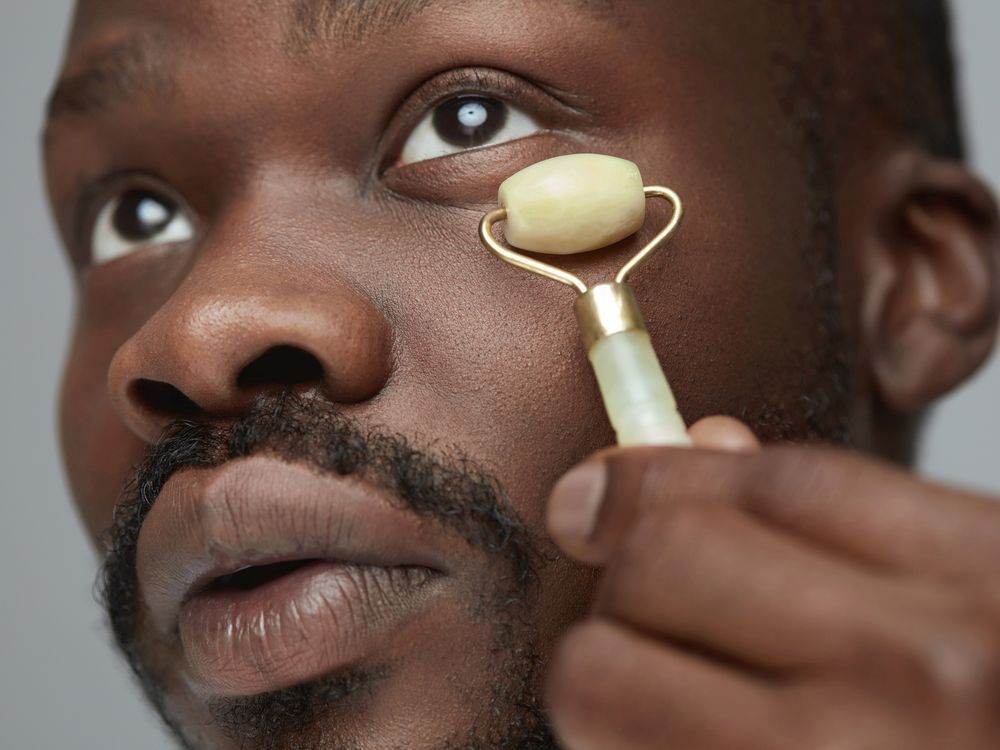dear asking for a friend,
after a summer in flip flops, my feet are a mess. even after a pedicure, my heels are still cracked and dry. what are the best ways to keep the skin on my feet soft and supple?
signed, cracked heelsdear cracked heels,if you’ve spent a lot of time
walking barefoot this summer, you may have inadvertently contributed to the formation of calloused skin. but while cracked heels may look unsightly, one
study found that the hard skin on your feet might actually be good for you, with tough skin serving as “nature’s shoes”, protecting knees and joints.going barefoot is one reason for dry, cracked heels, but
genetics also may make someone more susceptible to calloused skin, as well as aging, since over time, skin loses elasticity and gets drier.dr. benjamin barankin, a dermatologist and medical director of the
toronto dermatology centre says that people who take blood pressure or cholesterol medication may be more prone to cracked heels, as well as those with an underlying condition, such as
diabetes, thyroid disease, eczema and
psoriasis. he also suggests that athlete’s foot and
obesity can also lead to cracked heels, but it’s most commonly caused by inadequate hydration and improper footwear.but if your feet have spent the summer sweating it out in flips flops, or going in and out of pools or lakes, cracked heels can happen because once wetness evaporates, there is nothing to seal the moisture back into the skin. and while slides and open-back sandals may feel perfect for those hot, humid days, they can cause the fat under the heel to expand sideways, which may further contribute to dryness and cracking. prolonged standing can also add pressure on heels, making the skin even more fragile.
luckily, there are many
diy remedies that can effectively treat cracked heels. a weekly 10-minute at-home foot soak that consists of warm water and fresh lemon juice may help — the acidity in the fruit can gently get rid of dead skin cells. scrubbing your feet with a soft brush and the
occasional removal of dry skin, followed by applying a nourishing cream can be an inexpensive way to keep your feet soft and supple year-round. note that frequent attempts to remove calloused skin can lead to more dryness, so resist the urge to obsessively and abrasively scrape your heels. you can also look into whether you have adequate zinc, iron, vitamin b, c, and e levels as
mineral and vitamin deficiencies may contribute to persistent cracked skin.
barankin says that the best way to prevent cracked heels is to wear covered shoes and to moisturize with something greasy. look for foot care treatments that contain ingredients like
ceramides,
glycerin and
shea butter and apply to your feet right after water exposure.
urea is another key ingredient that may prevent cracked heels — this exfoliant can help to remove dead, flaky skin, and it can be especially helpful when combined with a proper foot file. avoid tools that resemble a cheese grater as these may cause injury and exasperate the problem. instead, choose a foot file that is gentle on the skin — an
electronic gadget, an
antibacterial ceramic stone or a pumice bar can safely shave off rough skin and remove hardened calluses.with the fall season inching closer, barankin suggests removing sweaty socks after a long day, moisturizing feet generously, and putting on a fresh pair of 100 per cent cotton socks to lock in the moisture and help prevent dry skin. if consistent at-home care isn’t enough to help heal your cracked skin, a podiatrist may offer additional suggestions.
is there something about health that you (or a friend, wink, wink) have always wondered about, but are too embarrassed to ask? send a note to info@healthing.ca. we promise your ‘friend’s’ secret — and identity — is safe with us!
 3 minute read
3 minute read








